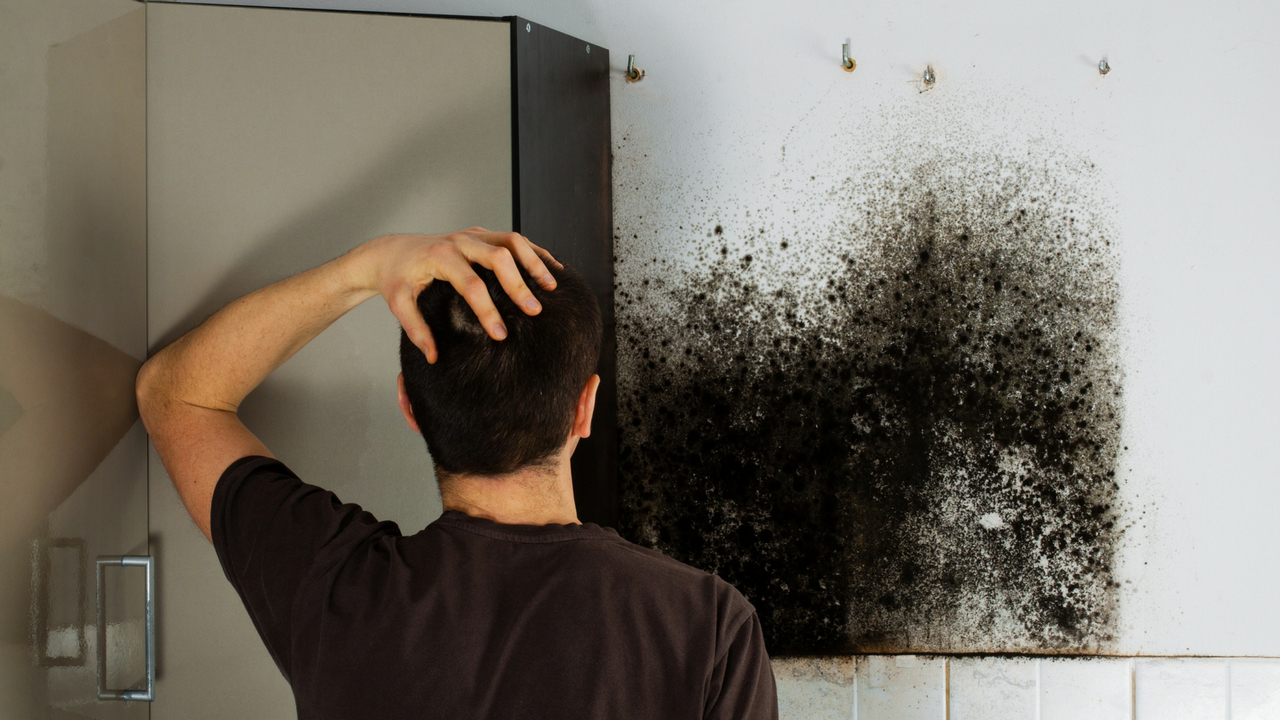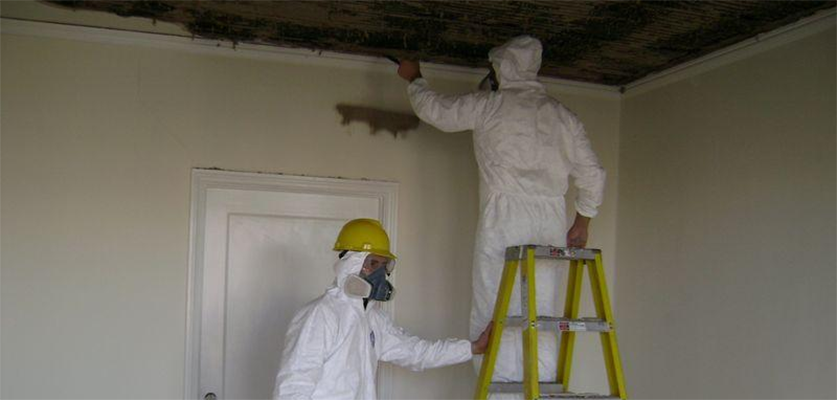Mold is by far one of the worse issue a person can deal with in their home. Whether it is from water damage, high humidity, moisture, or lack of sunlight; once the mold starts growing it is hard to stop it. There are countless reasons why water damage can occur and once it does chances are mold will start to grow in your home. Having a water damage expert in Michigan come to your home and repair the damage and remove the mold from your home.
Because mold not only affects your home, but your health, it is important to take the proper steps to take care of the mold before it spreads and gets worse. The longer you are exposed to the mold the more susceptible to allergies, illness and other health issues you become. So it is crucial that you not only know how to spot the mold, but how to treat it.
Does Bleach Actually Kill Mold in Your Michigan Home?
For years the recommended way to deal with mold was bleach. But is it actually effective in killing the mold or does it just temporarily “clean” it up? Sadly, the EPA has debunked the idea that bleach kills mold and pointed to many problems that can be caused by using bleach on mold.

Some of the most important things to consider when you want to use bleach to clean mold are:
- Bleach is not effective at killing mold on many surfaces:
For soft, non-porous materials like drywall, wood or carpet the mold can easily spread deep into the material itself. This can make it difficult, if not impossible to fully remove the mold from the item. The only truly effective way to guarantee you have removed all of the mold is to remove the item itself from your home. Bleach may seem to placate the problem, but will really never be able to get to all of the mold.
- The water in bleach may actually stimulate mold growth:
Moisture promotes mold growth. So considering how much water is actually in a bottle of bleach, you are simply adding more moisture to the problem. This means you are actually increasing the mold’s ability to grow and spread. If you do not properly dry the surface after cleaning it, that residual moisture will have the mold back in a week or two.
- Bleach is corrosive to wood:
The chemicals in bleach are corrosive to wood. This means that every time you use bleach on your windows, walls or any other wood surface, you are actually weakening the material and slowly breaking it down. This is especially important for windows and structural beams because it can warp and break down the very framework of your home.
- Bleach loses its effectiveness over time:
Once you open the bottle of bleach it starts to become less effective. Within the first 90 days alone it will lose half of the power it originally had. This means that after half a year it is no longer effective enough to properly treat the mold in your home.
- Bleach is bad for your health:
You need not look any further than the container the bleach comes in to see just how dangerous it is. Burning eyes and tissue damage are a clear issue if you get it into your eyes, but also if you are exposed to it for too long. Your skin can burn and your lungs can pay dearly from the fumes bleach emits. This is why bleach should be used very sparingly and avoid exposure at all costs.
- Dead mold can still cause allergic reactions:
This means that simply killing the mold and preventing it from spreading isn’t good enough to prevent further issues. You will have to actually remove anything that has been exposed to mold to truly eliminate the infestation and the side effects mold causes.
Call a Professional if you Have Mold in Your Home
Have you noticed mold in your home? Be sure to call the experts at mold removal in Michigan. One of the best home restoration contractors in Michigan is Michigan Restoration Pros. Call them today at (248) 509-8104 for a free estimate on your home. They are fully licensed and insured and can help you remove the mold from your home quickly and safely.


